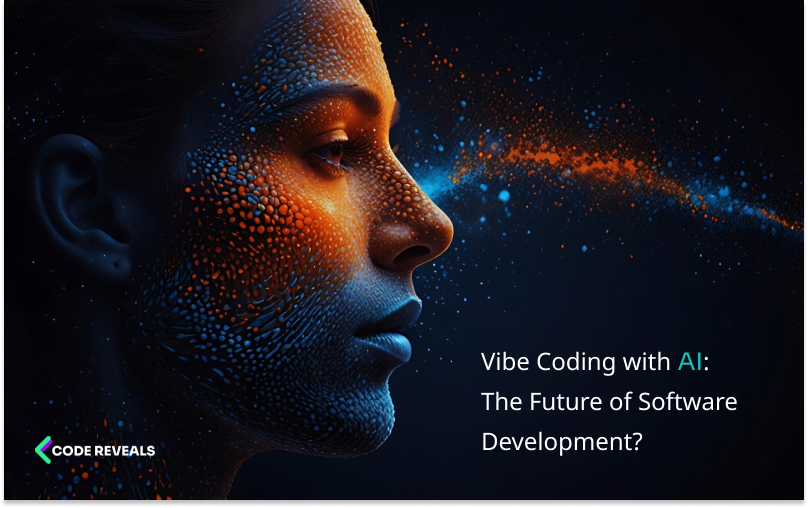"Vibe coding" is not a technical term, but rather a cultural shift in how developers approach programming. It combines the creativity of coding with the seamless assistance of AI tools—allowing developers to stay "in the zone," focusing on logic and design while AI handles repetitive or syntactic tasks.
Think of it like a musician jamming with a smart assistant that suggests the next chord, adjusts the tempo, and even fixes mistakes—all without interrupting the flow. Vibe coding means:
Staying in flow state
Using AI as a co-pilot
Minimizing friction
Maximizing creativity and output
How AI is Enabling Vibe Coding
With the rise of tools like GitHub Copilot, ChatGPT, CodeWhisperer, and Tabnine, developers can now write, review, and understand code faster than ever before.
Here’s how AI helps facilitate this smooth experience:
🔹 1. Code Completion and Suggestions
AI-powered IDEs suggest entire lines or blocks of code based on context. Developers don’t need to stop and look up syntax or logic—they just flow with the AI's support.
🔹 2. Auto-Documentation
Documenting code is often a chore. AI tools can auto-generate docstrings, README files, and API documentation in seconds, reducing burnout and improving team collaboration.
🔹 3. Bug Detection and Fixes
AI can now detect errors even before compiling, and often suggests or applies fixes instantly. This shortens feedback loops dramatically.
🔹 4. Learning on the Go
Developers no longer need to pause their work to read through Stack Overflow or documentation. They can ask AI questions in real time within their coding environment.
The Future of Vibe Coding: Where Is It Headed?
As AI becomes more deeply integrated into development workflows, here’s what the future of vibe coding could look like:
✅ Natural Language to Code
Soon, describing a feature like “build a login page with email/password and Google sign-in” will be enough to generate fully functional front-end and back-end code.
✅ Conversational Debugging
Instead of reading logs, developers might say: “Why is my signup API returning a 500 error?” and AI will explain the issue and fix it.
✅ Autonomous Development Agents
Imagine spinning up an entire microservice by chatting with your AI assistant. These agents can code, test, containerize, and deploy with minimal input.
✅ Personalized Coding Experience
AI will adapt to your style—whether you’re a fan of functional programming, object-oriented design, or clean architecture. Your AI co-pilot will match your “vibe.”
Pros and Cons of Vibe Coding with AI
✔️ Pros
Increased productivity
Lower cognitive load
Better focus and creativity
Fast onboarding for new developers
Reduced boilerplate and repetitive tasks
⚠️ Cons
Over-reliance on AI could reduce deep understanding
Potential security and logic risks from auto-generated code
Risk of homogenized codebases lacking human creativity
Ethical concerns about AI-trained data sources
Real-World Use Cases
Startups and companies are already seeing massive gains by embracing vibe coding:
Startups build MVPs in record time.
Enterprise teams cut QA cycles using AI test case generators.
Freelancers deliver projects faster with fewer bugs.
Educators use AI to teach students interactively.
Whether you're a solo developer or managing a dev team, AI is becoming your silent partner—helping you vibe through projects without burning out.
Final Thoughts
AI is not here to replace developers—it’s here to empower them. Vibe coding is a new way of thinking about development where intuition, creativity, and flow are enhanced, not hindered, by AI. The future of software isn’t cold and robotic—it’s fast, collaborative, and yes, vibey.
As tools evolve and developers adapt, the gap between idea and execution continues to shrink. The only question left is: Are you ready to code with the vibe?




